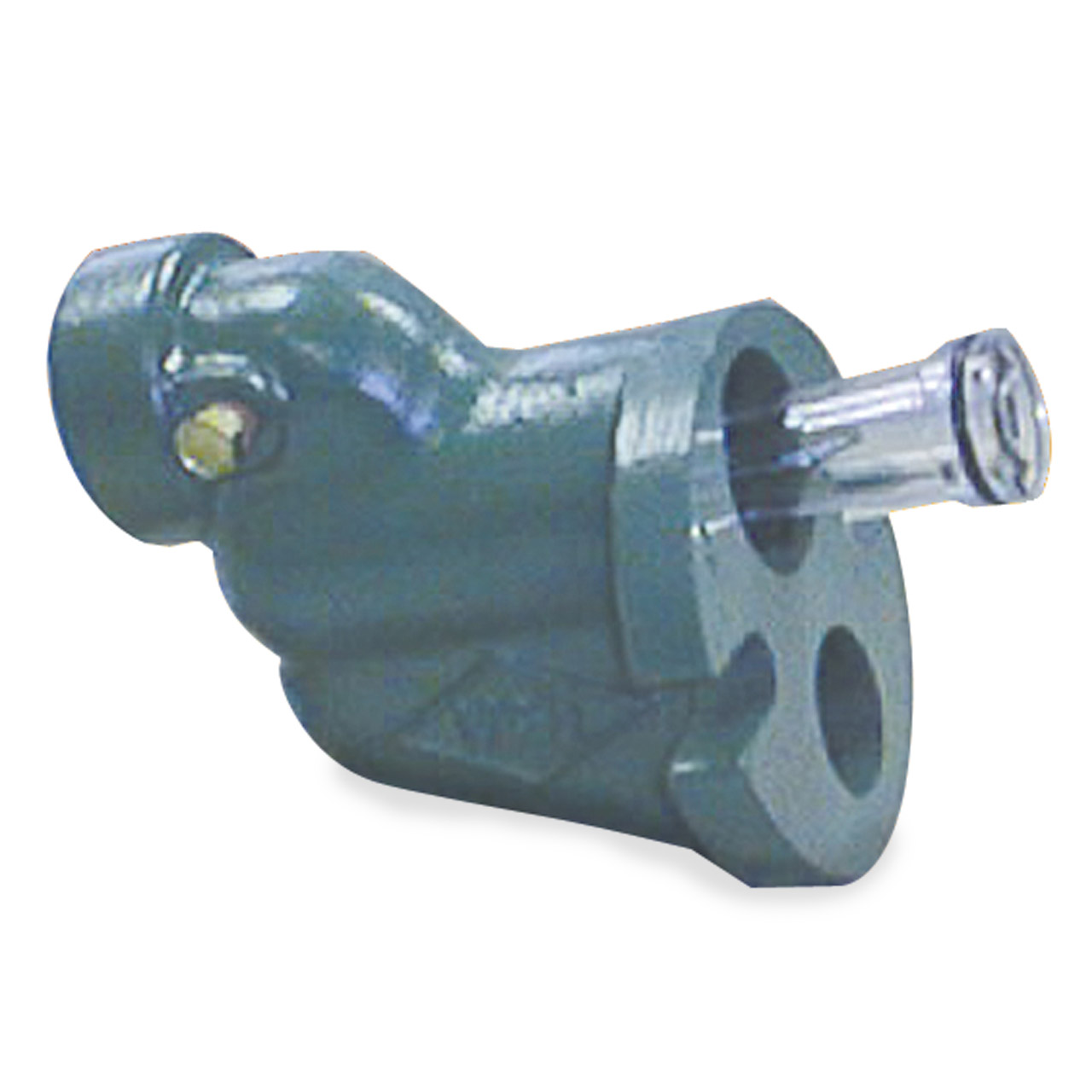

The bottom also has an anti float collar that keeps the basin from moving when ground water fills up below and tries to displace it. The ejector pump articles provides guidance and review about different types, qualities, durabilities, and prices. EBARA Pumps Americas Corporation (EPAC) strives to deploy the best water pumps, wastewater pumps, pump systems, and technologies to meet the needs of our growing communities. It has the QuickTree technology where you can easily access the float switch, in case it goes bust, without having to get your hands down the pit. The basin is made with polyethylene capable of holding up to 41 gallons, the perfect size for the pump, with a shallow design that allows easy installation in difficult locations. Jet pumps / Ejectors working principle 35,255 views Ejectors, also known as jet pumps, are versatile, reliable in operation and almost maintenance-free. It has a cast iron construction and a tough polymer impeller for years of reliable service. How Sewage Ejector Pumps Work To better understand its maintenance, it’s necessary to first consider the workings of a sewage ejector pump. The corrosion resistant cast iron pump is a 4/10 HP beast that can easily move 6000 gallons per hour of sewage to a height of 10 feet. It’s a sewage system that packs everything you need for a much easier installation. This convenient safety feature helps to prevent overflows and additional pump damage in the event of a malfunction.ĭue to the varying building codes throughout the country and the degree of difficulty - both plumbing and electrical - required for the installation, an experienced and licensed plumbing contractor is recommended for this project.įor answers to your questions, contact the Pink Plumber today.If you want a pre-assembled sewage pump package, you may want to consider the Liberty P382LE41. Some models incorporate an alarm system, such as a siren or flashing light, that activates if something goes wrong. Most septic ejector pumps designed for residential use require 110-120 to 220-240 volts of electricity to operate. Pumps that grind the solids before pumping are referred to as grinder pumps. The pumps are designed to transport solids up to a certain size, or to grind the solids into smaller pieces. Common residential models are designed to handle up to 30 gallons of effluent and waste material. There are various sizes, horsepower and types of sump pumps to meet the demands of most applications. A check valve is added to the outlet line that prevents waste and effluent from draining back into the sump basin after it is evacuated. The flow of drain wastewater depends upon gravity to get it where it needs to go. When fixtures are installed below the grade of the line that takes the wastewater to the main line, the flow needs to be helped along in order for the plumbing to work properly. Sewage ejector pumps are meant to sit in a sump basin that is cut and dug into the ground below grade. The sewage ejector pump is utilized to move the wastewater to the main sewer lines. A tight-fitting lid seals the sump basin preventing waste or smell from escaping. Ejector pumps are also very common in septic drain-field systems, such as are found in rural locations where the septic drainage field or holding tank may be considerably higher than basement plumbing fixtures. As the wastewater is pumped out, the level drops and lowers the float, which deactivates the septic ejector pump.Ī vent attached to the pump connects to an existing vent stack or stubs up through the roof of the building to provide adequate ventilation. As wastewater fills the sump basin, a pre-set float attached to the septic injector pump activates the septic ejector pump, which pumps the wastewater out of the sump basin and into the main sewer line or septic tank.


An outlet line - usually around two inches - attached to the septic ejector pump connects to the main sewer or septic line. The applicable drain lines are then graded and connected to an inlet on the side of the sump pump basin. The sump basin, a holding tank that is buried below ground, is designed to catch the waste and house the sump pump. Households with one or more bathrooms below septic or sewer line grade, require a septic ejector pump to remove unwanted waste from the structure. A septic ejector pump, sump pump or grinder pump is a system designed to remove effluent and solid waste from a home when plumbing fixtures, such as a toilet or sink drain, are below the grade of the septic tank or sewer line.


 0 kommentar(er)
0 kommentar(er)
